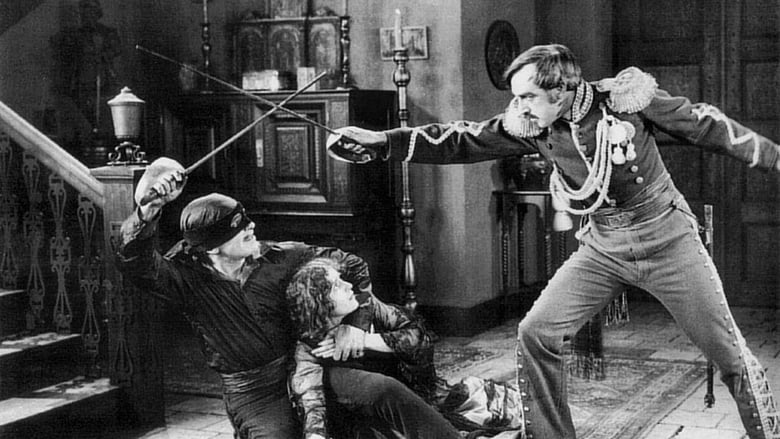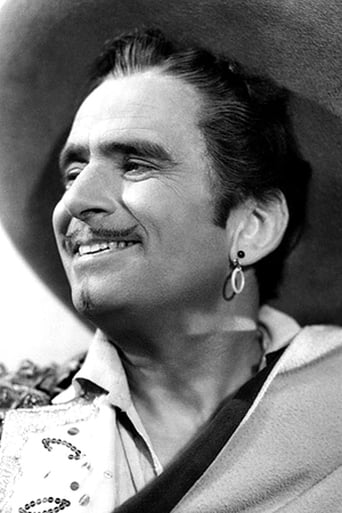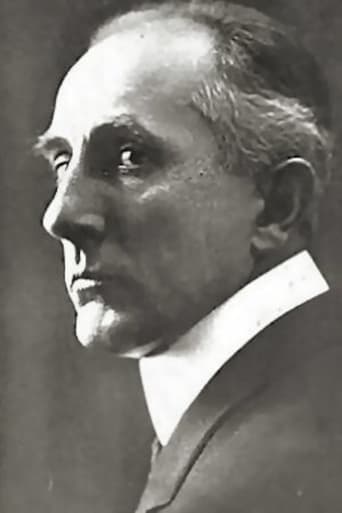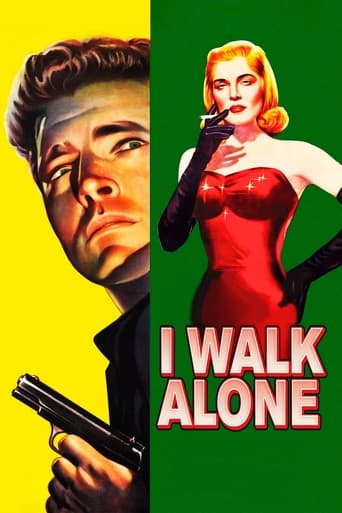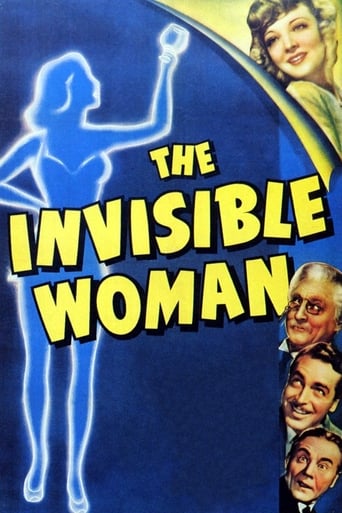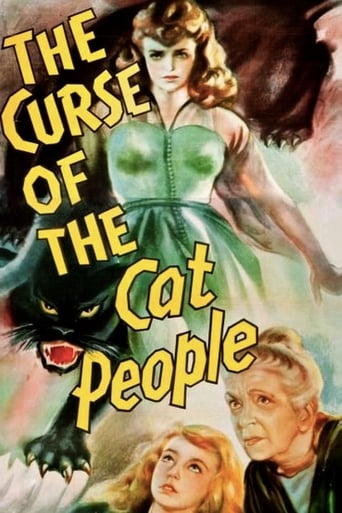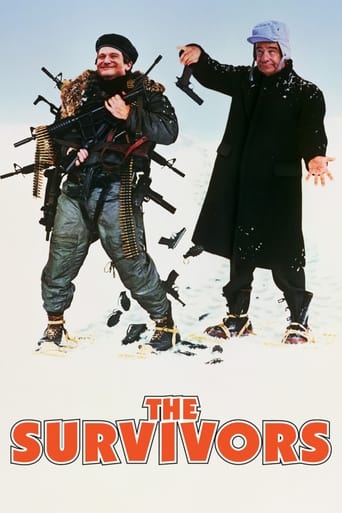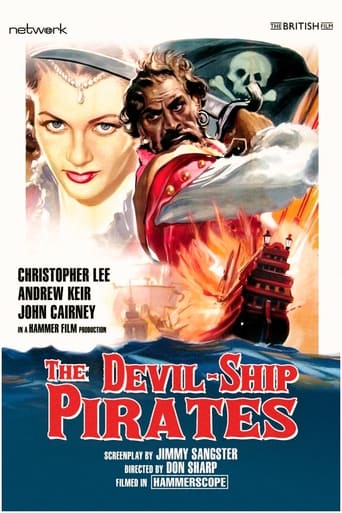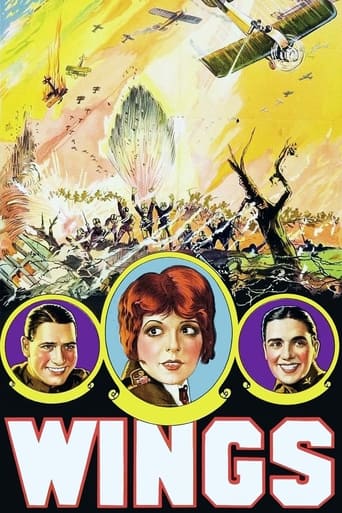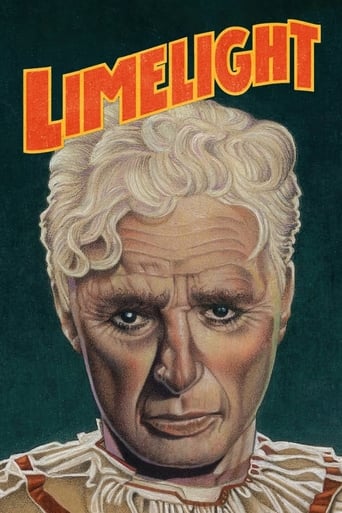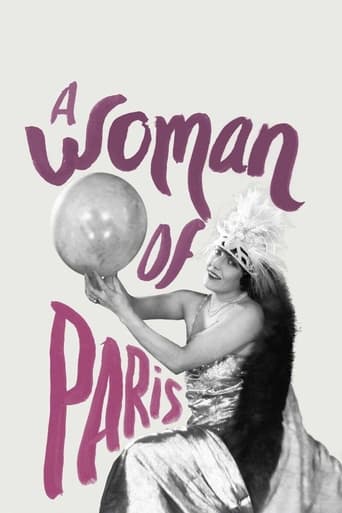The Mark of Zorro (1920)
Don Diego Vega pretends to be an indolent fop as a cover for his true identity, the masked avenger Zorro.
Watch Trailer
Cast


Similar titles
Reviews
Very disappointing...
Pretty Good
Overrated
There's no way I can possibly love it entirely but I just think its ridiculously bad, but enjoyable at the same time.
OK, I confess. Kids today believe any movie made before 1990 is old-fashioned and not worth their time. When I was a kid, I loved the old B&Ws from the 30s and 40 -- treasures abounded! -- but pretty much drew the line at the silent films. Lawdy, Lawdy, how can you possibly make a film without sound? A funny thing happened on the way to that belief system. I was telling a friend how Disney's Zorro with Guy Williams was the best Zorro of the era -- matched only by the sheer exuberant bravado of Tyronne Power in the 1940 MARK OF ZORRO -- and it was suggested to me, in return, that I should check out the Fairbanks Sr. version, the silent version, the fountainhead of Zorros, as it were. (No comments here on the Hopkins version - abomination!) OK, I said I would and I did. And now the confession -- it is the only silent film I have seen beginning to end, it was mesmerizing, and I loved it. I was told, but could not believe, that the athletic ability of Fairbanks exceeded that of any subsequent Zorro, sound or no sound. I did not believe it. I was wrong. Wrong happens. I watched in awe as this amazing actor, denied the ability to use his voice, conveyed by eye movement, facial expression, and gestures what was happening. And the stunts! I swear, in several scenes he moved like he was weightless. These were not special effects, please note, these were stunts. Fairbanks could almost float, it seemed. The version I saw had all the piano music in the overdub which presumably matched what audiences might have heard in theatres. It was fun. It was entertaining. It was as promised. Great film.
In justifying his placement of Douglas Fairbanks among his "five greats" of cinema, the British director Michael Powell said, "His personality is in every foot of film he made. He was our first ballad-maker. Our first conjuror." A worthy assessment, but it was not until Mask of Zorro, five years and thirty-odd pictures into his career that he achieved that status and a reputation that persisted long after his death.Up until this picture, Fairbanks was known purely as a comedy actor, popular and successful in his own right, but far from being a legendary genius like his pal Charlie Chaplin. His speciality, the one thing that really set him apart from his contemporaries, was blending physical comedy with his extreme athleticism. With The Mark of Zorro he revitalised his screen persona simply by reversing the pattern. Now the acrobatics were the main attraction and the comedy was the embellishment. But this is not simply an action flick with a bit of comic relief to spice up the "quiet moments"; the action sequences are simultaneously exciting and funny, and in fact there is very little comedy outside of the fights and the chases.The Zorro fable is now very much in the public consciousness, but it was this version, adapted from an obscure short story, which made the character famous. It's been remarked that he can be seen as the first superhero – a weak and unassuming man who dresses up to become a dashing, confident and indomitable warrior, as do Batman, Spiderman and the like. Almost all Fairbanks' swashbucklers (and even some of his comedies, especially The Mollycoddle) feature some kind of transformation from wimp to wonder, but Zorro is different in that he is a disguise that Fairbanks's character puts on and takes off. There's a key difference here between this and the 1941 Tyrone Power version. Power is given a more developed backstory, and is actually shown inventing the foppish Diego out of necessity, while his Zorro is a disguised version of the real Diego as he was back in Spain. In 1941, the fop Diego is the creation whereas Zorro is the real man. In the Fairbanks version however, it's implied that the fop is Diego's real personality, and Zorro is an act he has to put on to become everything he wishes he was. And I think it may have been this aspect which attracted Fairbanks to the story. He was himself not an exceptionally attractive man, but he achieved charisma through the roles he adopted.The director here is Fred Niblo, one of the exceptional craftsmen of the silent era, although his style does show the extent of Cecil B. DeMille's influence over film form at this point. Like DeMille, Niblo makes use of "Rembrandt" lighting, close-ups of hands, feet and faces to define characters and set scenes, and tight control over pacing and rhythm from scene to scene and shot to shot. The latter comes in very handy in giving the action sequences the right punch, a good example being the first entrances of Diego and Zorro which are played for their element of surprise. Crucially, Niblo is able to direct mass action, making the grand finale effective, striking that all-important balance between comedy and excitement.After the resounding success of Mask of Zorro, Fairbanks would abandon his contemporary comedies to concentrate on a series of period swashbucklers, eventually donning the costume of all the great romantic heroes. The pictures that followed this one would be grander and more polished, and would contain far more depth in terms of story and characterisation. However, the Mark of Zorro, while weaker on many levels, does have a pace and directness that makes it one the most watchable of all Fairbanks features.
031: The Mark of Zorro (1920) - released 11/27/1920, viewed 1/20/06.The Wall Street Bombing occurs outside the JP Morgan building in New York, killing 39. The first domestic radio sets hit the shelves in the U.S. Adolph Hitler makes his first public political speech in Austria. Warren G. Harding wins the presidential election. Bloody Sunday goes down in Dublin, killing 31 football spectators.BIRTHS: Frank Herbert, Mario Puzo, Timothy Leary, Ricardo Montalban.KEVIN: Finally, a swashbuckler! I don't know what possessed me to skip this movie before, but I'm glad I caught it this time around. I was a little alarmed in the beginning when Zorro pulled out a gun, but since he doesn't even fire it, I got used to the idea, as Zorro's enemies all have swords and guns so it makes sense for him to keep up. As I was watching, I tried my best to read the inter-titles with a Mexican accent. I thought the pure stunt work in the film was more impressive than any of the sword fights, which were exciting in their own right. And I really liked that when our hero has his final duel with Capt. Ramon, it is not as Zorro but as Diego.DOUG: We would have watched Mark of Zorro in between Way Down East and The Kid, and let me say I really wish we had, because it was extremely good. I noticed a few things different about Douglas Fairbanks' Zorro than other later versions. For one, he smokes a cigar a lot. Second, more noticeably, he carries a gun. He never fires it, but still, he never had one before. As is customary with adventure stories, the action is over-the-top, the heroes are supercool, and the villains are larger-than-life. The swordfights were all very cool, as well. I also like watching Fairbanks move between Zorro and Diego; a running gag had Diego always feigning exhaustion at the slightest bit of work, so he could go to bed and then go out as Zorro. (Looking back, I'd say that of all the Douglas Fairbanks films we've watched, The Mark of Zorro was my favorite. Thief of Baghdad was a close second.)Last film viewed: Daddy Long-Legs (1920). Last film chronologically: Way Down East (1920). Next film viewed: Robin Hood (1922). Next film chronologically: The Kid (1921). The Movie Odyssey is an exhaustive, chronological project where we watch as many milestone films as possible, starting with D.W. Griffith's Intolerance in 1916 and working our way through, year by year, one film at a time. We also write a short review for each and every film. In this project, we hope to gain a deeper understanding of the time period, the films of the era, and each film in context, while at the same time just watching a lot of great movies, most of which we never would have watched otherwise.
Hooray for Doug!!! He is the epitome of the dashing swashbuckler and set the standard for all that followed.......and some of them were damn good but Fairbanks had it all. He flashed those teeth and swung from tree to building, across tables and onto the backs of horses......and without a stunt double. What a guy.The film tells the story that we all know due to remakes and a successful TV series (with a great theme song). The foppish Don Diego, is a terrible disappointment to his father and to his intended wife. He appears to be always "fatigued" and uses a silk handkerchief to indicate his ennui. It's a perfect cover for his alter ego, Zorro, the Robin Hood of old California.The acting in this silent is overall quite good even though Noah Beery Sr. is a little over the top in a couple of scenes......well, most of his scenes are rather hammy. (It must have run in the family for I found his brother Wallace pretty hammy himself). But Fairbanks is the reason for seeing this film. He is a ball of fire and looks like he had a great time playing this part......and you'll have a great time watching him. He's "that bold renegade, carves a Z with his blade, a Z that stands for Zorro". What fun!!!!!!!!!


